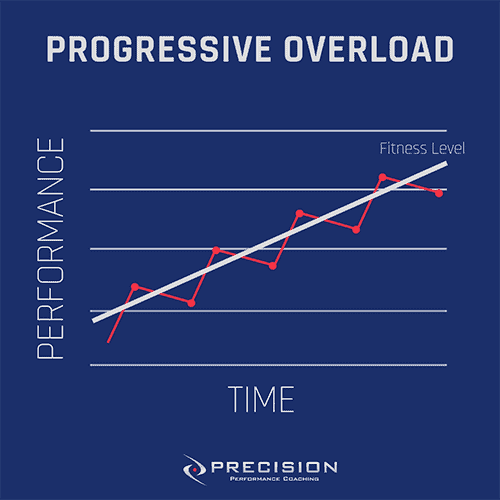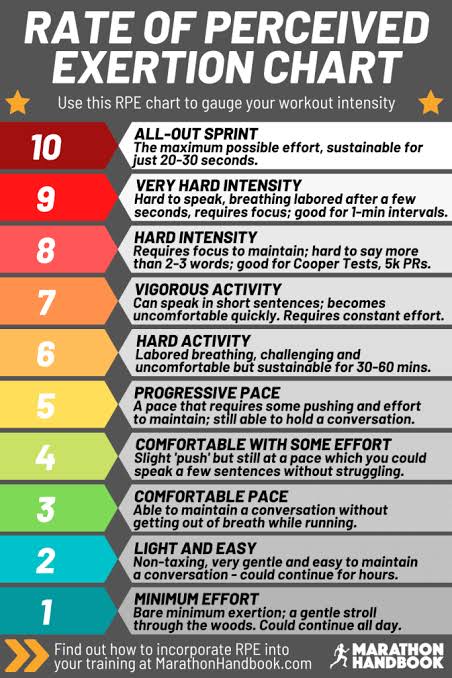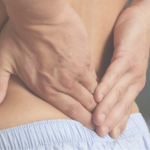Having a holiday break is vital for your recovery, it can be used to help motivate you. However, when it comes to returning back to exercise, some care should be taken as going from zero to 100 in an instant is a recipe for disaster and injuries!
Don’t worry though!
This blog is going to explain the top 3 things you can do to ensure a smooth return to exercise. This will help you get the most from your exercise and avoid any time-consuming and unfortunate injuries.
Progressive Overload
When you are on holiday, the muscles are resting from the stimulus that is normally provided through exercise, and will not be able to tolerate the same amount of stimulus upon return.
Progressive overload is the training principle that we implement here at Leaders Sports & Spine Physiotherapy, and it is where we gradually increase the frequency, intensity, or duration of any exercise to ensure that the return to exercise is smooth and injury-free.

A common case we see here at Leaders Sports & Spine Physiotherapy is clients returning to the gym after holidays. To give an example of what progressive overload looks like for this case it is important to establish where the client’s progress was prior to holidays. To quantify the intensity of the exercise for the client, we implement the Rate of Perceived Exertion scale (see image below).

Example:
Pre-holiday training regime – Weight training 4x/week with all exercises at RPE 7-8
Post-holiday training regime (with progressive overload implemented)– Weight training 2x/week for 1 week with all exercises at RPE 7-8, and then increasing 1x training sessions per week until back at pre-holiday training frequency.
There are three main benefits of implementing progressive overload upon your return to exercise:
- Prevention of injury (muscle recovery)
As your muscles will still think they are on holiday when you commence your exercise again, altering the frequency, intensity, and intensity of exercise will ensure your body will adapt to exercising again and your muscles have optimal time to recover in between exercise sessions.
- Prevention of Overtraining
Overtraining is defined as when there is inadequate recovery in between training sessions. When this occurs, it is common to feel significantly weaker when exercising and even “sluggish” at times, while putting you at a much higher risk of injury.
- Increasing the threshold for progress
As your muscles have had a chance to rest while you have been on holidays, progressively returning to exercise will allow for increased performance
Stretching
One of the biggest contributing factors to injury upon returning to exercise after holidays is the muscle tightness that accumulates from inactivity and being out of routine. Excessive muscle tightness will place your muscles at a higher risk of straining and possibly delaying your return to exercise.
Taking the time to loosen out tight muscles can be tedious, however, it is also one of the easiest things to add into your schedule. Muscle loosening can be done in as little as 10mins, a couple of times throughout the week, so while you’re already getting up a little early to do some exercise, your muscle loosening could be done at the end of this session or at the end of the day!
But the results are never instant!
Physiotherapists should be the first point of contact when looking to loosen out tight muscles.
At Leaders Sports & Spine Physiotherapy, we perform a thorough musculoskeletal assessment to determine the specific areas of your body that require muscle loosening, and then tailor a specific return to exercise physiotherapy plan which involves targeted stretching, and manual therapy (such as trigger point release, soft tissue mobilisation etc.) to speed up the muscle loosening process. Afterwards, a personalised home exercise program will be prescribed to ensure that there is optimal progress between physiotherapy sessions.
Optimal Recovery
Whether you are a casual exercise enthusiast or a top-level athlete, recovery in between exercise sessions is vital to peak performance and injury prevention. However, to achieve optimal recovery, it is important to understand the difference between short-term recovery vs. long-term recovery.
Short-term recovery: occurs immediately after resting from exercise (e.g. in between sets in the gym) which allows for muscles to eliminate waste products from contraction. Short-term recovery can be anywhere from a few seconds to a few minutes and it is important to replenish the energy stores after each set (we recommend drinking electrolyte-based drinks such as Powerade/Gatorade).
Long-term recovery: refers to the period of time between exercise sessions. This is the most essential type of recovery as it is the time period AFTER exercise when the body adapts to the stimulus applied during exercise.
But what does optimal recovery feel like?
- You feel minimal to no muscle soreness at all before commencing your next exercise session
- You do not feel “sluggish” or fatigued prior to exercise
To ensure optimal recovery, at Leaders Sports & Spine Physiotherapy we always recommend:
- Getting minimum 8-hours of sleep to allow the body to repair
- Staying hydrated everyday
- Stretching before and after exercise
- Eating a well-balanced diet
Are you based in Brisbane City? Remember, if you are still unsure or are interested in a tailored return to an exercise plan, contact us and let our physiotherapists at Leaders Sports & Spine Physiotherapy assist you today!
References:
- Precision Performance Coaching (2019), digital image, accessed 22 February 2022, https://precisionperformancecoaching.com/what-is-progressive-overload/
- Marathon Handbook (2020), digital image, accessed 22 February 2022, https://marathonhandbook.com/rate-of-perceived-exertion





